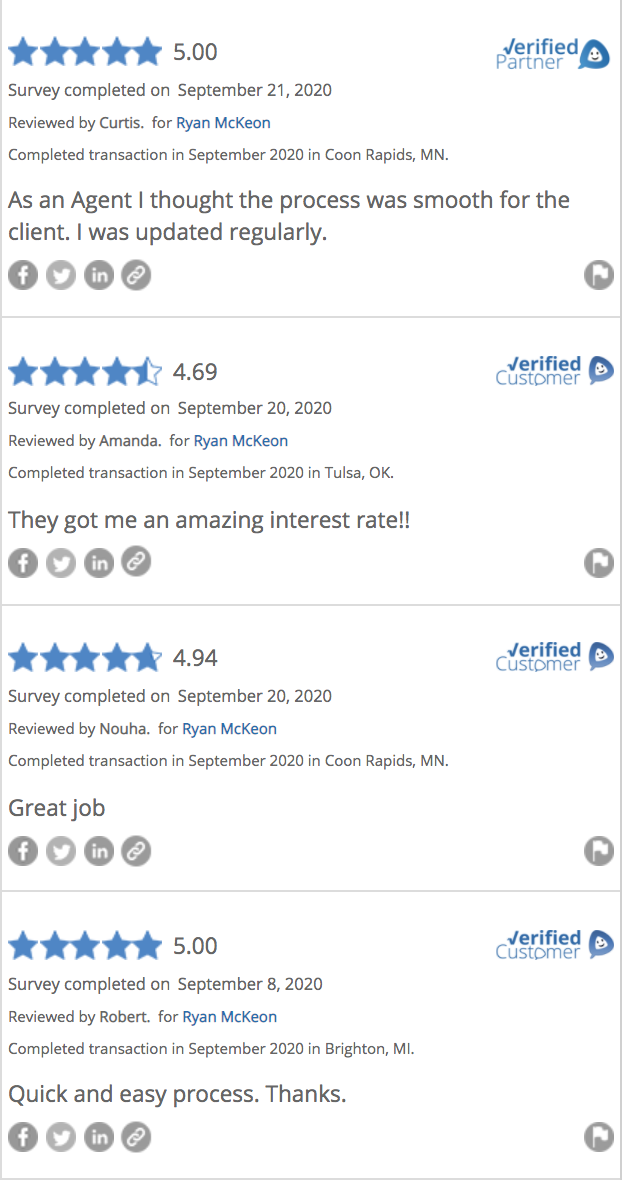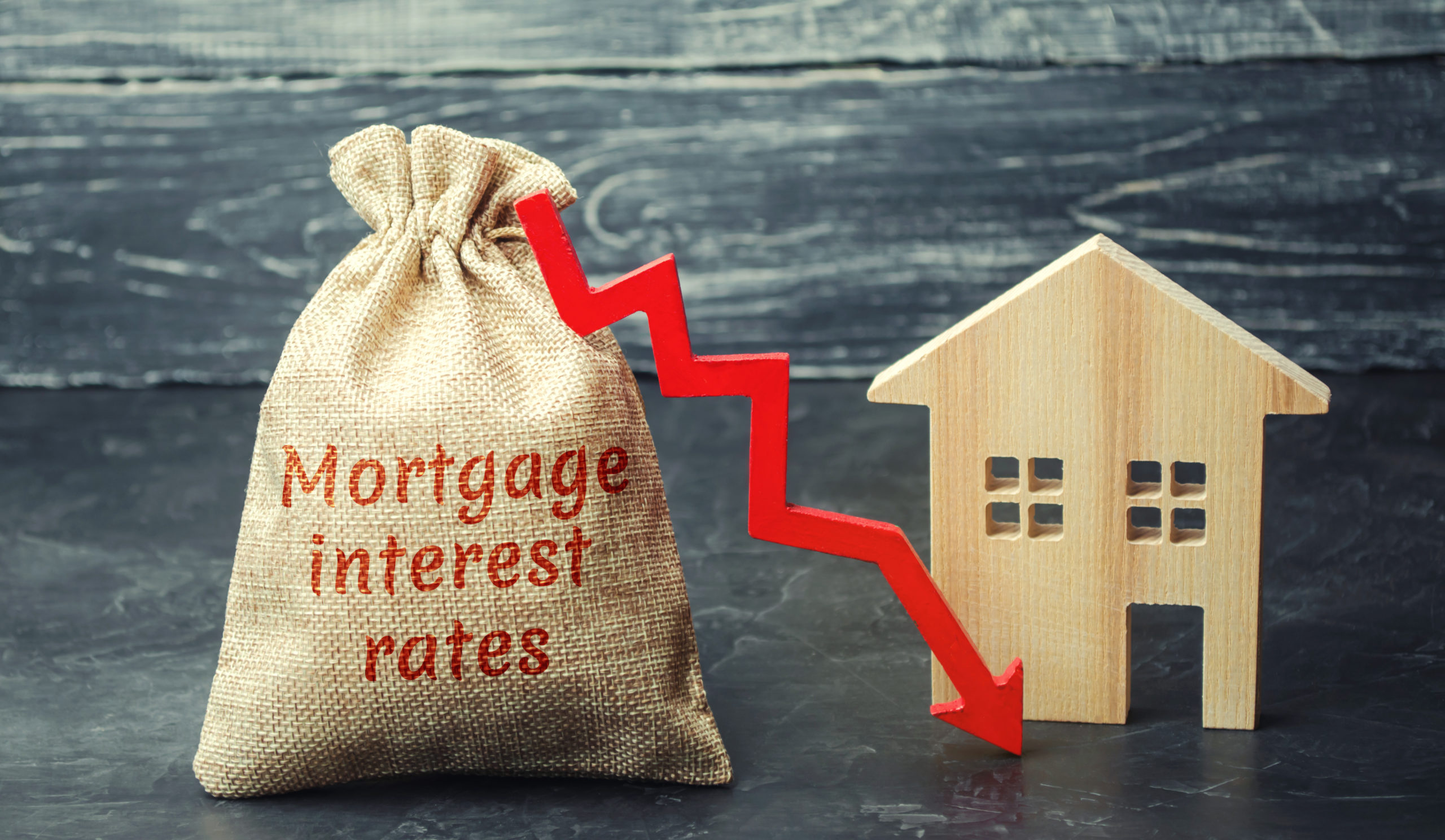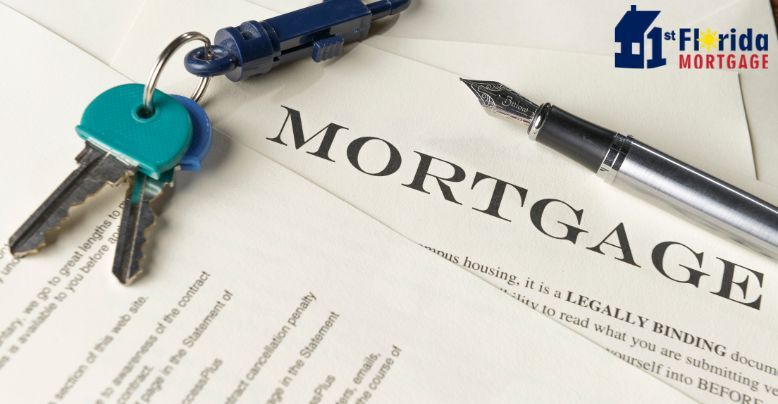Unfortunately, without proper preparation, many buyers get lulled into the mistaken notion that if a lender pre-qualifies them for a mortgage, it means that they have been pre-approved for the home loan. There’s a world of difference between these two terms. If you’ve ever been confused by the two, this will explain how they differ, and why a misunderstanding can mean disaster for borrowers.
Pre-Qualified
Getting pre-qualified is the initial step in the mortgage process, and it’s generally fairly simple. You supply a bank or lender with your overall financial picture, including your debt, income, and assets. After evaluating this information, a lender can give you an idea of the size of the mortgage for which you qualify. Pre-qualification can be done over the phone or on the internet, and there is usually no cost involved. Loan pre-qualification does not include an analysis of your credit report or an in-depth look at your ability to purchase a home.
The initial pre-qualification step allows you to discuss any goals or needs you may have regarding your mortgage with your lender. At this point, a lender can explain your various mortgage options and recommend the type that might be best suited to your situation.
This is a quick procedure based only on the information you provide to the lender—your pre-qualified sum is not a sure thing; it’s just the amount for which you might expect to be approved. For this reason, being a pre-qualified buyer doesn’t carry the same weight as being a pre-approved buyer who has been more thoroughly investigated.
Pre-Approved
Getting pre-approved is the next step, and it tends to be much more involved. You’ll complete an official mortgage application, and usually pay an application fee, then supply the lender with the necessary documentation to perform an extensive check on your financial background and current credit rating.
Typically at this stage, you will not have found a house yet, so any reference to property on the application will be left blank. From this, the lender can tell you the specific mortgage amount for which you are approved. You’ll also have a better idea of the interest rate you will be charged on the loan and, in some cases, you might be able to lock in a specific rate.
With pre-approval, you will receive a conditional commitment in writing for an exact loan amount, allowing you to look for a home at or below that price level. Obviously, this puts you at an advantage when dealing with a potential seller, as this is one step closer to obtaining an actual mortgage.
The other advantage of completing both of these steps—pre-qualification and pre-approval—before you start to look for a home is that you’ll know what you can actually afford. This way, you don’t waste time with guessing or looking at properties that are beyond your means. Getting pre-approved for a mortgage also enables you to move quickly when you find the perfect place. When you make an offer, it won’t be contingent on obtaining financing. In a competitive market, the seller knows your offer is serious, and could prevent you from losing the home to another potential buyer who already has financing arranged. Once you have found the right house for you, you’ll fill in the appropriate details and your pre-approval will become a complete application.
Getting Committed
The final step in the process is called a loan commitment. This is only issued by a bank when it has approved you, the borrower, and the house in question. This means the home should be appraised at or above the sales price. The bank may also require more information if the appraisal noted items to be should be investigated like structural problems, accessibility issues, outstanding liens or litigation in progress. Your income and credit profile will be checked once again to ensure that nothing has changed since the initial approval.
A loan commitment letter is issued only when the bank is certain it will lend, so the commitment date on your purchase contract should be closer to closing than to the date of your offer. The seller can ask to see that letter as soon as the date has passed, so beware of anyone who tries to put an early commitment date into your contract.
The Bottom Line
Remember pre-approved and pre-qualified are not the same thing. Don’t assume that the bank will provide your loan until you have been pre-approved. The mistake could cost you your new home, so before you meet with the banks, do your homework by getting pre-approved. Another important way to prep for getting a mortgage is researching interest rates. Doing this could help you save thousands of dollars in interest over the life of your mortgage and give you some background knowledge when you meet with the banks.
First Florida Mortgage Can Help
At First Florida Mortgage, we are a Florida-based mortgage company that can help you through every step of financing your new home. Fill out the quick contact form or call First Florida Mortgage today at 1-407-392-4031 to speak with one of our Florida mortgage specialists and get a free good faith estimate.




